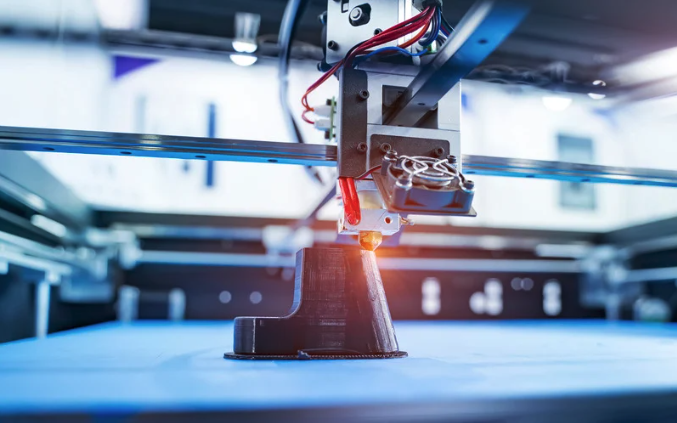3D Systems
Manufacturing the Future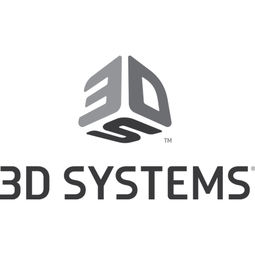
Overview
|
HQ Location
United States
|
Year Founded
1986
|
Company Type
Public
|
Revenue
$100m-1b
|
|
Employees
1,001 - 10,000
|
Website
|
Stock Ticker
NYSE: DDD
|
Twitter Handle
|
Company Description
3D Systems provides advanced and comprehensive 3D digital design and fabrication solutions, including 3D printers, print materials and cloud-sourced custom-designed parts. Their comprehensive range of 3D printers is the industry’s benchmark for production-grade manufacturing in aerospace, automotive, patient specific medical device and a variety of accessories.
IoT Solutions
3D Systems unlocks the potential within each of us to transform the way we work, learn and live. As the originator of 3D printing and shaper of the future of 3D solutions, they have spent 30 years of history making 3D technologies accessible, easy to use, productive and gratifying, enabling innovators around the world to transform ideas into tangible outcomes.
3D Systems’ products and services disrupt traditional methods, deliver improved results and empower its customers to manufacture the future now. Their powerful ecosystem transforms entire industries by empowering users to bring their ideas to life using its vast material selection, including plastics, elastomers, metals and bio-compatible materials. 3D Systems’ leading personalized medicine capabilities include end-to-end simulation, training and planning, and printing of patient-specific surgical instruments and medical and dental devices. And their 3D digital design, fabrication and inspection products provide seamless Interoperability and incorporate the latest immersive computing technologies.
3D Systems’ products and services disrupt traditional methods, deliver improved results and empower its customers to manufacture the future now. Their powerful ecosystem transforms entire industries by empowering users to bring their ideas to life using its vast material selection, including plastics, elastomers, metals and bio-compatible materials. 3D Systems’ leading personalized medicine capabilities include end-to-end simulation, training and planning, and printing of patient-specific surgical instruments and medical and dental devices. And their 3D digital design, fabrication and inspection products provide seamless Interoperability and incorporate the latest immersive computing technologies.
Key Customers
GE Consumer & Industrial, Micron Technology, NASA, Sanmina-SCI, Teleflex Marine
IoT Snapshot
3D Systems is a provider of Industrial IoT hardware design and engineering services, and training services, and also active in the aerospace, automotive, education, healthcare and hospitals, life sciences, and retail industries.
Technologies
Use Cases
Functional Areas
Industries
Services
Technology Stack
3D Systems’s Technology Stack maps 3D Systems’s participation in the IoT Technology stack.
-
Devices Layer
-
Edge Layer
-
Cloud Layer
-
Application Layer
-
Supporting Technologies
Technological Capability:
None
Minor
Moderate
Strong

Supplier missing?
Start adding your own!
Register with your work email and create a new supplier profile for your business.
Case Studies.
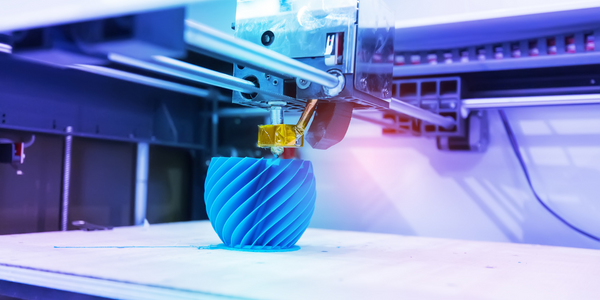
Case Study
3D Printed Prototypes Streamline Equipment Introduction
Vauxhall set out to introduce a modified process hanger with a new part that would be used to support each vehicle body throughout the production process. This part is a critical piece and had to perfectly fit both the machinery and the auto body to create correct clearances and avoid damage during production.

Case Study
Revolutionizing Medical Training in India: GSL Smart Lab and the LAP Mentor
The GSL SMART Lab, a collective effort of the GSL College of Medicine and the GSL College of Nursing and Health Science, was facing a challenge in providing superior training to healthcare professionals. As clinical medicine was becoming more focused on patient safety and quality of care, the need for medical simulation to bridge the educational gap between the classroom and the clinical environment was becoming increasingly apparent. Dr. Sandeep Ganni, the director of the GSL SMART Lab, envisioned a world-class surgical and medical training center where physicians and healthcare professionals could learn skills through simulation training. He was looking for different simulators for different specialties to provide both basic and advanced simulation training. For laparoscopic surgery, he was interested in a high fidelity simulator that could provide basic surgical and suturing skills training for international accreditation as well as specific hands-on training in complex laparoscopic procedures for practicing physicians in India.

Case Study
Implementing Robotic Surgery Training Simulator for Enhanced Surgical Proficiency
Fundacio Puigvert, a leading European medical center specializing in Urology, Nephrology, and Andrology, faced a significant challenge in training its surgical residents. The institution recognized the need for a more standardized and comprehensive training curriculum, particularly in the area of robotic surgery. The challenge was underscored by two independent studies showing that less than 5% of residents in Italian and German residency programs could perform major or complex procedures by the end of their residency. The institution sought to establish a virtual reality simulation lab that would include endourological, laparoscopic, and robotic platforms. However, they needed a simulator that could replicate both the hardware and software of the robotic Da Vinci console used in the operating room, without being connected to the actual physical console. They also required a system that could provide both basic and advanced simulation training, and a metrics system to assess the proficiency of the trainees before they performed surgical procedures in the operating theater.
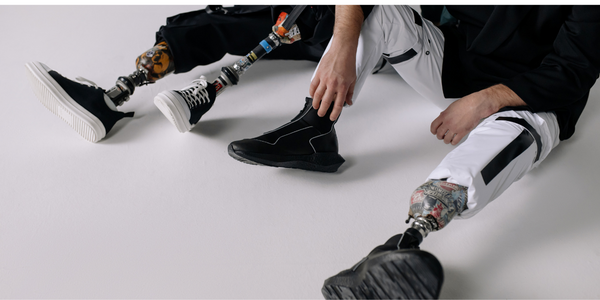
Case Study
Digital Transformation in Orthotic and Prosthetic Design and Manufacturing
The orthotics and prosthetics (O&P) industry has been largely dominated by manual craftsmanship. The challenge was to introduce digital technologies to orthotic and prosthetic design and manufacturing to support manual processes with digital workflows and tools. The two main challenges for orthotists and prosthetists were the production of the correct function and the suitability to the patient’s size and strength ratio, and developing an interface to the human body that can transfer and absorb force without causing chafing or similar irritations. The traditional workflow to produce a prosthetic begins with molding the body part with plaster, which maintains a few advantages over direct 3D scanning of the patient's limb. However, due to the high degree of manual work and experience orthotists and prosthetists bring to their work, it is nearly impossible to exactly replicate a good outcome.
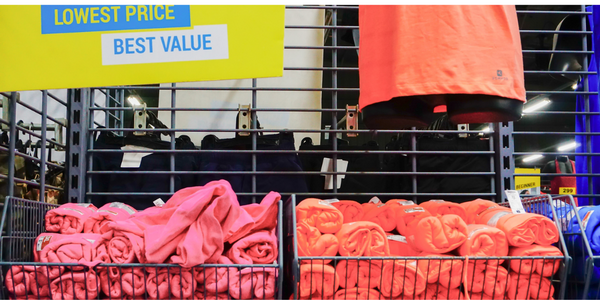
Case Study
High Density Stacking Capability Enhances Productivity in 3D Part Production at Decathlon
Decathlon, the world’s largest sporting goods retailer, was faced with a mold injection problem on a small component for shooting glasses that connects the frame to the lenses. The company was seeking a solution that would avoid the expense of tooling and increase efficiency in production. They decided to test the new 3D stacking solution developed by 3D Systems to evaluate additive manufacturing for production. After conducting a feasibility study on the Figure 4 solution and stacking feature, Decathlon’s teams confirmed the productivity and economics of additive manufacturing and decided that this solution could be considered for batch-run production of the final product.
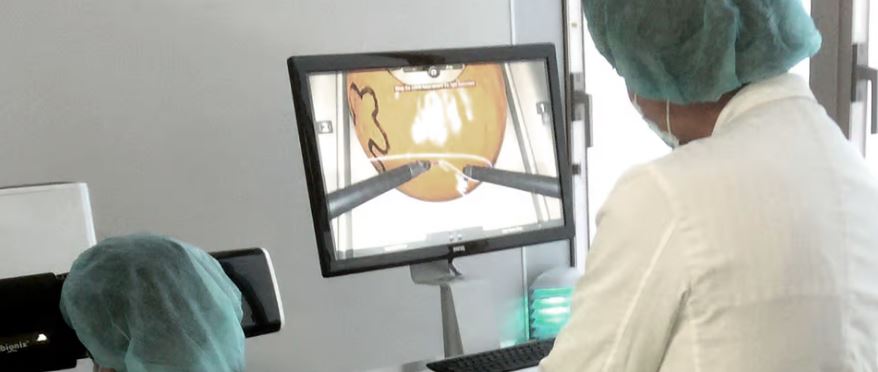
Case Study
Implementing Robotic Surgery Training in Matto Central Hospital, Japan
Matto Central Hospital in Hakusan, Japan, established in 1948, was facing a significant challenge in training its physicians on new robotic surgery techniques for prostatectomy and other procedures. The hospital had recently acquired the da Vinci robotic surgery equipment, which required hands-on training and experience. However, being a relatively small hospital, finding the budget for a simulation lab was a significant hurdle. Despite the financial constraints, the hospital recognized the importance of a robotic skills lab, especially for the surgical residents who found it attractive.
Similar Suppliers.

Supplier
LUTZBOT
Proven TechnologyTens of thousands of people in 85 countries around the world rely on award-winning LulzBot 3D printers, parts, and plastics to get the job done. We proudly serve Fortune 500 companies, NASA and other agencies, small businesses, universities, libraries, and hackers. Open Source Hardware communities are at the core of everything we do. Collaboration enhances every product we offer.Open for AllWe are committed to respecting your freedom. That's why our products come with freely licensed designs, specifications, and documentation so your machine can be understood, modified, and shared as we make improvements together. We partner with leading organizations like Open Source Hardware Association (OSHWA.org) to advance collaborative technology.






